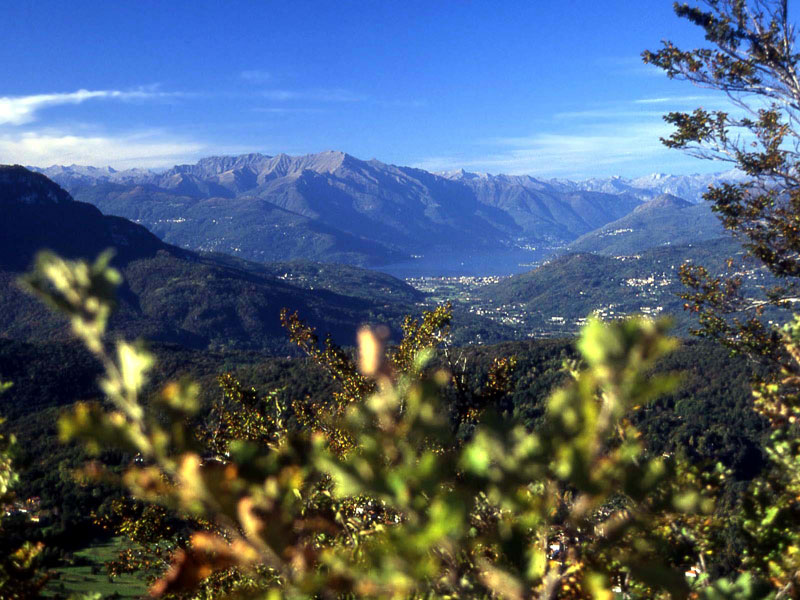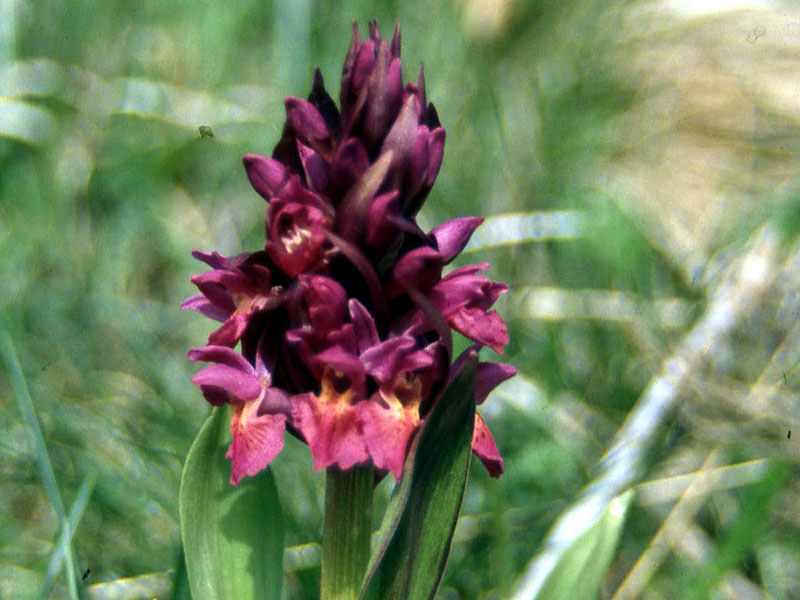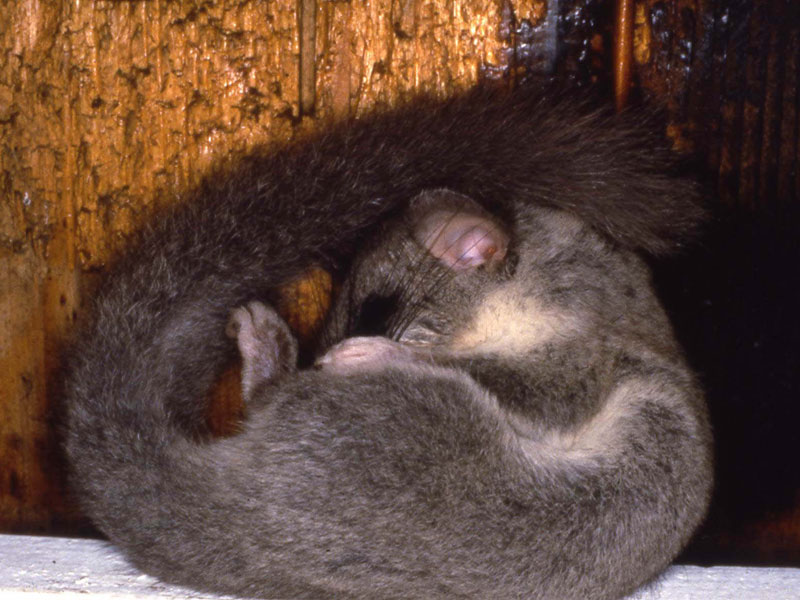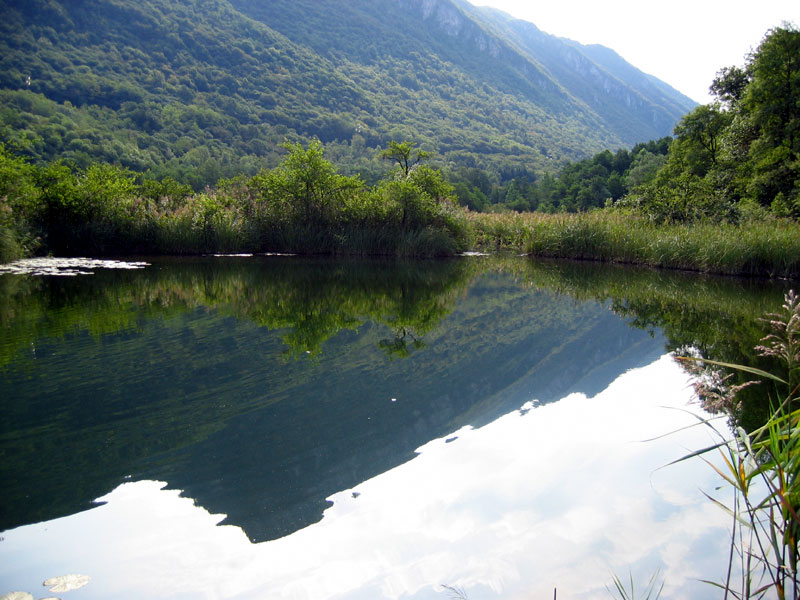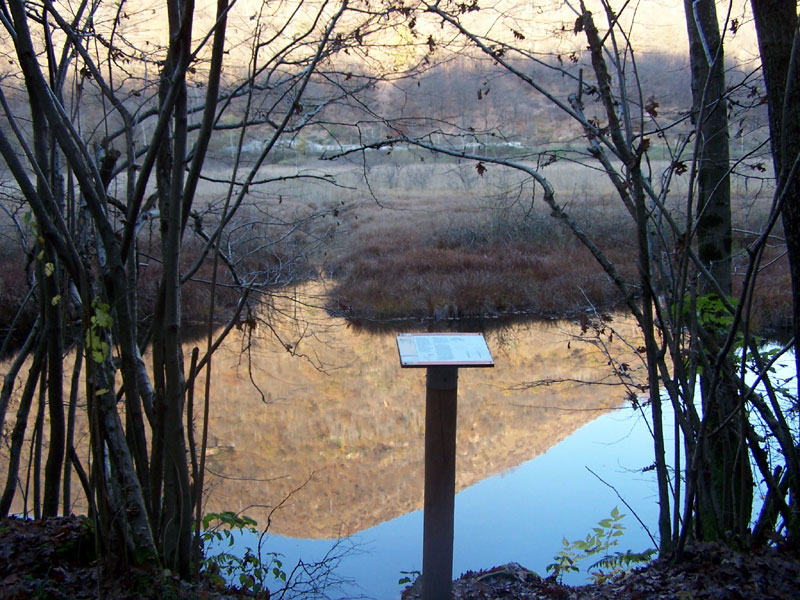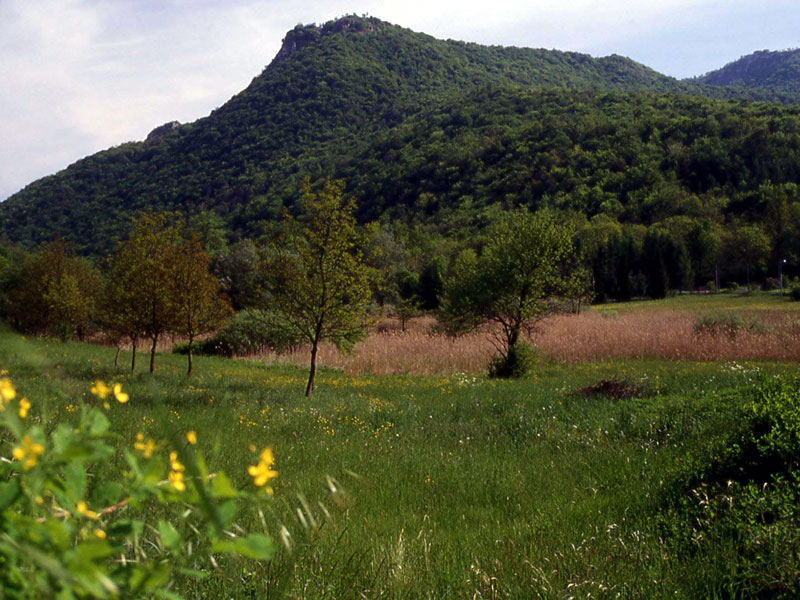Protected Area
Identity Card
- Campo dei Fiori Regional Park:
- Land Surface Area: 6'300.00 ha
- Regions: Lombardia
- Provinces: Varese
- Municipalities: Barasso, Bedero Valcuvia, Brinzio, Casciago, Castello Cabiaglio, Cocquio Trevisago, Comerio, Cunardo, Cuvio, Gavirate, Induno Olona, Luvinate, Masciago Primo, Orino, Rancio Valcuvia, Valganna, Varese
- Establishment Measures: LR 17 19/03/1984
- PA Official List: EUAP0196
- Park Authority: Ente Parco Naturale Regionale Campo dei Fiori
- Further managed Protected Areas:
- Riserva Regionale Lago di Ganna
- ZPS Parco Regionale Campo dei Fiori
- ZSC Grotte del Campo dei Fiori
- ZSC Lago di Ganna
- ZSC Monte Legnone e Chiusarella
- ZSC Monte Martica
- ZSC Versante Nord del Campo dei Fiori
Altimetry: h min 370m asl - h max 1,227m asl
Campo dei Fiori Regional Park
Campo dei Fiori Massif and Mt. Martica Massif form Campo dei Fiori Regional Park, established in 1984 (L.R. n.17 of 19.03.84). The Park overlooks the
hills of the Province of Varese, the Po Plain, and the small lakes set
among the hills. It is delimited in the north and north-west by
Valcuvia, in the east by Valganna, and in the south by the town of
Varese and by the SS road leading to Laveno.
The two main mountain
chains are separated by Valle Rasa linking Valcuvia to Valle
dell'Olona, whose name derives from the homonymous river springing in
Rasa di Varese.
Within the Park there are six Nature Reserves representing the most important and characteristic environments.
- The Nature Reserves Lago di Ganna, Lago di Brinzio, Torbiera Pau Majur and Torbiera del Carecc with the main wetlands of the Park;
- Monte Campo dei Fiori Reserve with its articulated karstic hypogeal system, the harsh calcareous cliffs, and the large woods dominated by beeches and Spruce firs;
- Martica-Chiusarella Reserve with the last stretches of meagre meadow on calcareous soil, rich in rare invertebrate fauna and flora.
The eight Natural Monuments scattered throughout the Park territory deserve a visit, since they are rich in small gems of particular naturalistic interest.
The whole Park can be easily visited by going along its main sixteen trails,
adequately marked with a precise trail markers system. The area is also
crossed by long-distance paths, like the European trail E1, the Trail
of the Jubilee, Via Verde Varesina, and Anulare Valcuviano.
Flora and Fauna
Campo dei Fiori woodlands are dominated at the top by Beech
trees, above all on the northern slope, and by the presence of a large
conifer reforestation. Under the 600 meters of altitude, the Beech tree
gives way to Chestnut tree, Ash tree, Lime tree, and Sycamore Maple in
some deep and wet gorges.
The woodlands of the Park house a great
variety of birds of prey, both nesting (Black Kite, Honey Buzzard,
Buzzard, Sparrow Hawk, Northern Goshawk, Peregrine) and migratory
(Short-toed Eagle, Marsh Harrier).
Further info (Italian text)
The Reserves
The mountain chains of Campo dei Fiori and Monte Martica form the
5,400 hectares of Campo dei Fiori Regional Park, established with the
regional act n° 17 of 19-03-1984.
Within the Park there are six nature reserves including the most important and characteristic environments.
Further info (Italian text)
The Natural Monuments
The Natural Monuments are areas of small size and of particular geological or biological interest; in the Park, the following Natural Monuments have been established:
| Geological Phenomena - Ceppo Spring - Spring along SP 45 in the Municipality of Cuvio - Pothole of the stream Vellone - Erratic boulder of Brinzio - Ravines of Valganna - Waterfall of Pesegh |
Wetlands - Small Lake of Motta d'oro - Tagliata Pond |
Further info (Italian text)
The Caves
In Campo dei Fiori Park there are karstic phenomena of great
importance for features and size: at the moment, we know about 130
caves, for a total length of the network of galleries of about thirty
kilometers.
The importance of the safeguard of the karstic
territory has been highlighted by the Establishment Act of the Park and
by the main planning document, the Coordination Territorial Plan.
Further info (Italian text)
Semi-natural Dry Grasslands
Campo dei Fiori Park Authority, thanks to some Community funds, is carrying out the recovery of the semi-natural dry grasslands. Reduced to an occasional presence until the end of the 19th century and again, here and there, at the beginning of the 20th century, it was not difficult to see them along the mountain slopes, obtained from the forest and defended with difficulty against its unavoidable return.
Further info (Italian text)



